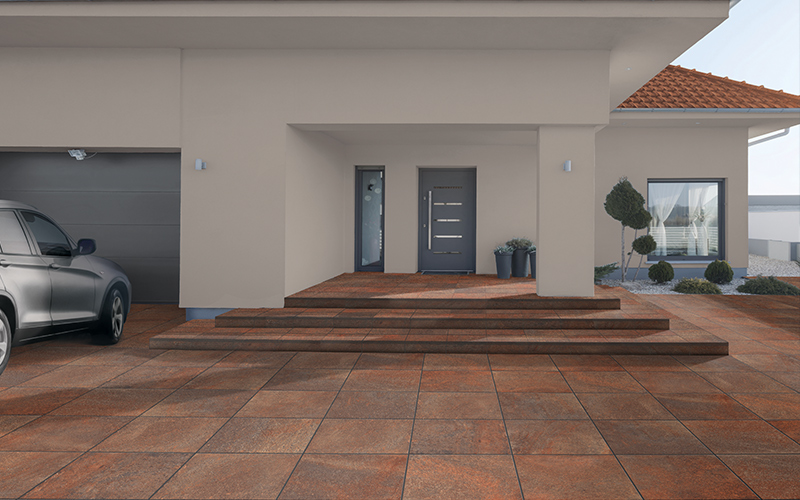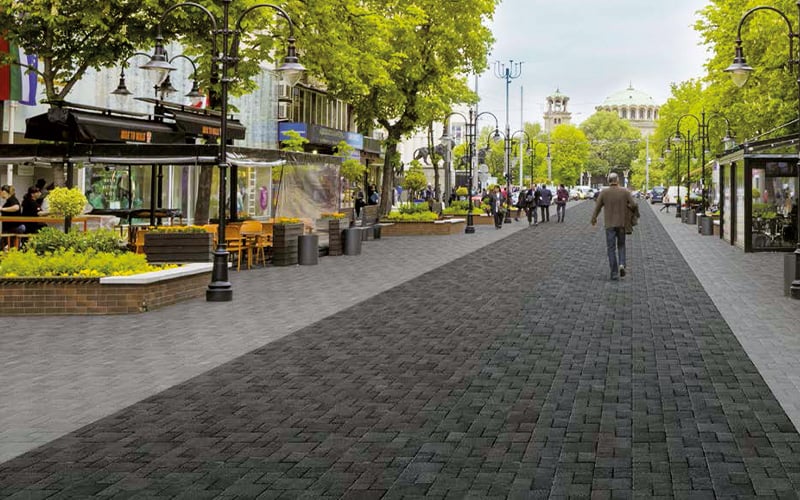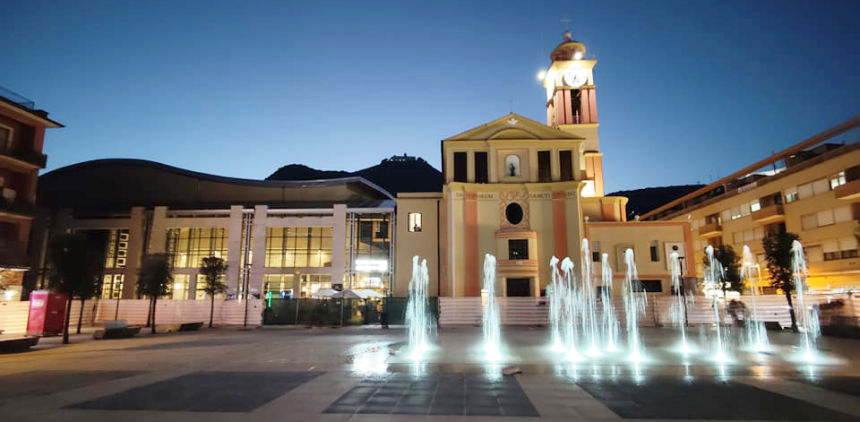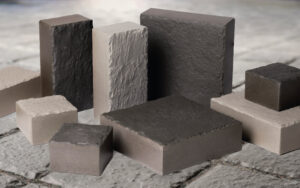When paving an outdoor drivable area, we must consider some important factors, which are often underestimated and, as the time goes on, they may jeopardize the performance of the surface.
What are the ideal features of outdoor drivable areas?
First of all, we need to assess the composition of the ground below.
To ensure the best laying and avoid continuous maintenance, it is important to evaluate:
- the climate of the work site
- the load to which the paving will be subject
- the aesthetic impact of the work on the surrounding environment
Having said that, the outdoor drivable area must have some important features for its use and reliability, such as:
- slip-proof
- resistant to loads and thermal shock
- non-absorbing
- frost-proof
- environmentally sustainable
What are the materials available on the market for paving outdoor drivable areas?
You can choose from a wide range of materials for covering or paving outdoor drivable areas.
This is because there are different needs of both the designer and the client, who nowadays must give priority to ethical and sustainable surfaces.
In ancient times the avenues and all roads subject to heavy stress were paved with natural stones, often in the shape of the famous sanpietrini.
Today’s world’s needs to preserve the environment are focused on pioneering solutions with an excellent quality/price ratio and highest technical and aesthetic performance.
There is also a very significant economic and performance aspect in the use of natural stone for drivable pavings :
- high prices
- high transport costs
- huge amount of adhesive to avoid unevenness
- it absorbs stains due to its porosity
- it is subject to breakages and corrosion
- Non-sustainable
Concrete is another material often used to pave drivable outdoor areas. Despite of being affordable, this material has many disadvantages including a poor aesthetic performance.
Let’s have a look at the issues related to the use of such material:
- high costs for treatments and maintenance
- it does not resist to heavy loads
- it requires a good finishing to avoid infiltrations
- poor drainage and extreme slipperiness
- it is subject to UV rays, frost, moss and mould
- non-sustainable
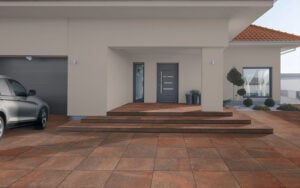
Paving Outdoor drivable areas with eco- porcelain stonewares
Porcelain stoneware is a sustainable and cutting-edge solution for paving outdoor drivable areas.
This material boasts the same aesthetic features and resistance to loads as the natural stone, offering, at the same time, absolute aesthetic freedom thanks to a broad selection of styles and, above all, a lower impact on natural resources.
There are, in fact, the eco-porcelain stoneware stones manufactured through the productive regeneration practice.
These products meet both the principles of the circular economy and the best practices under the Green Public Procurement, more and more often adopted in the tendering procedures for renovation and architectural works.
Grestone® Urban Pavings and Outdoor eco-friendly stones: a sustainable solution
This scenario has led to the creation of Grestone® Urban Pavings and Outdoor eco-surfaces. These surfaces are made of a mixture containing up to 30% of inert materials, which are recycled according to the principles of sustainable manufacturing.
Grestone® is constantly engaged in the research of technological solutions with lower environmental impact by using unparalleled methods for the production of the first eco-ceramic stone, which helps stopping the trade of waste and prevent natural stones from being extracted from mountains.
Advantages of Grestone® Urban Pavings and Outdoor porcelain stoneware for paving outdoor drivable areas
The new line of Grestone® Urban Pavings self-locking high-thickness blocks allows great design freedom thanks to a broad range of sizes and thicknesses.
Let’s get a better view of each feature:
- competitive offer and high availability throughout the year
- wide range of surfaces
- low transport costs
- same aesthetic appeal as the natural stone
- high resistance to loads
- minimal maintenance
- absence of porosity
- resistant to UV rays, frost
- environmentally sustainable
